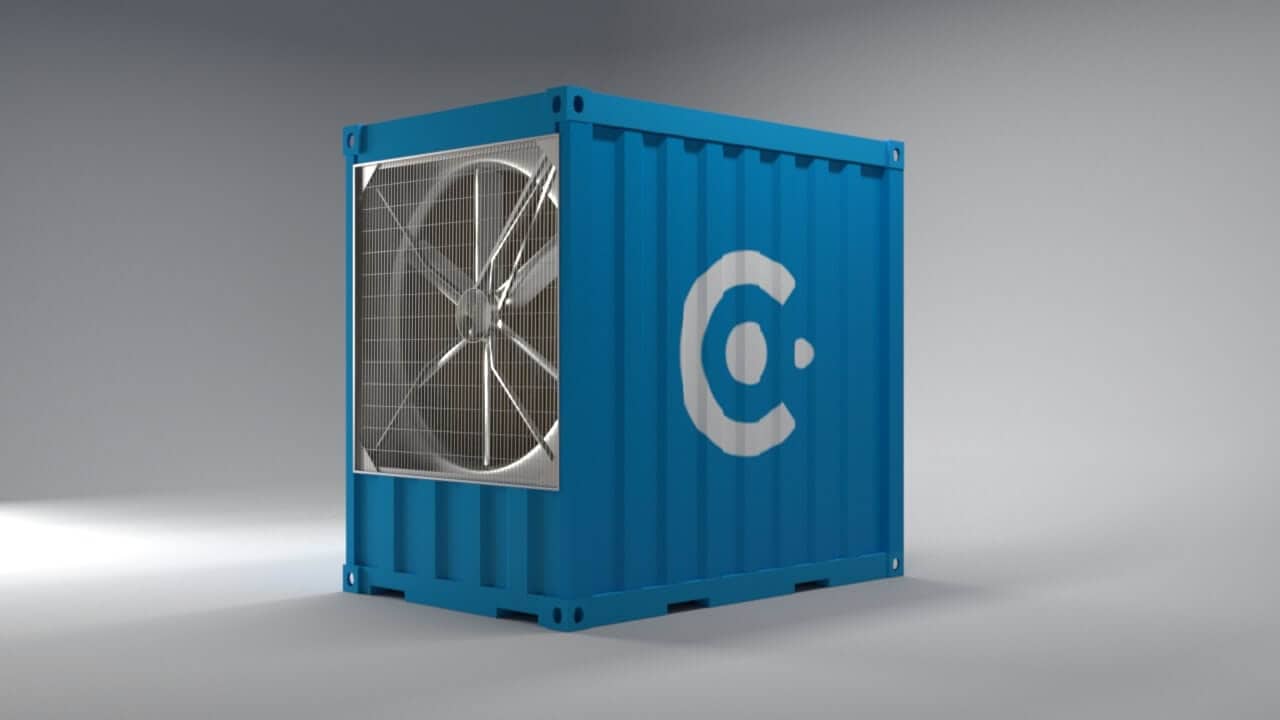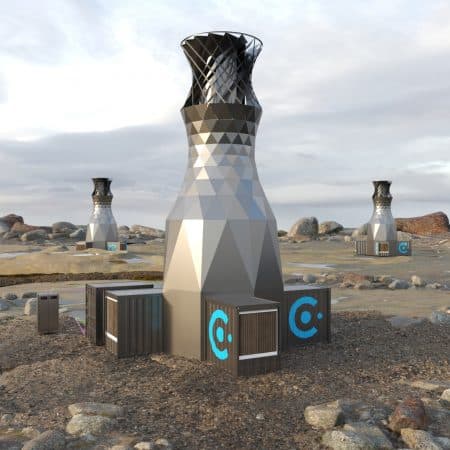// Direct Air Capture
Technology
Direct Air Capture of carbon dioxide is a proven means for companies to reach their net-zero goals, by using a carbon removal mechanism or by switching to more sustainable operations by using fossil-free CO₂ as a feedstock.
Our carbon removal technology is energy-efficient, and that’s how we can provide greenhouses with cheaper CO₂ than they’re paying now. We are determined to make a breakthrough in the field of Direct Air Capture of CO₂.

